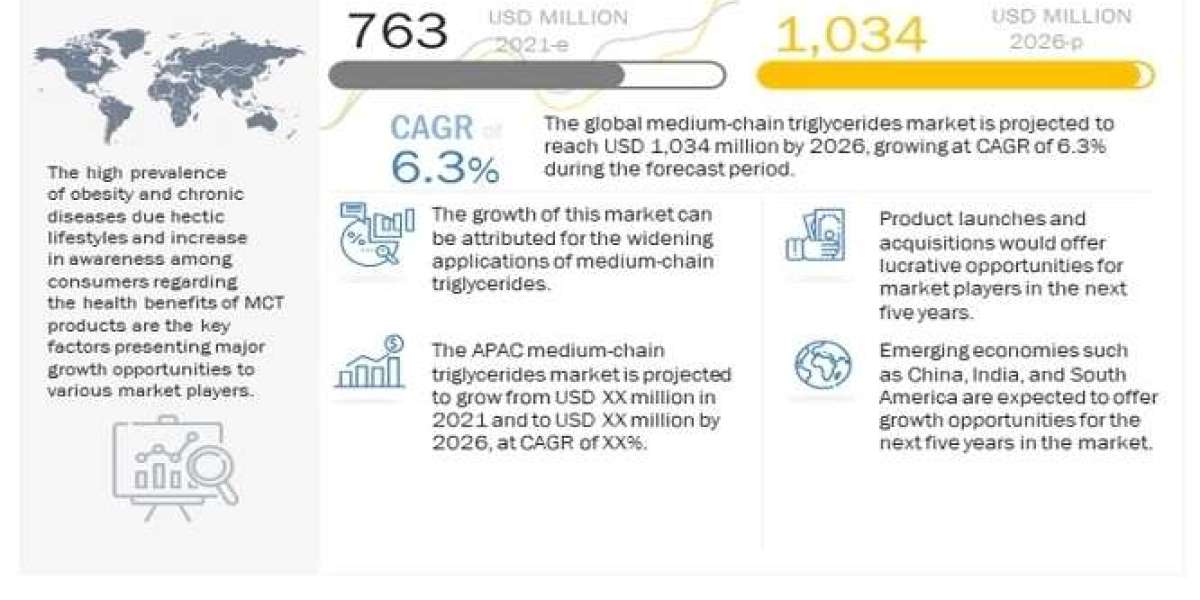The global feed testing market size is a vital segment of the agricultural and animal husbandry sectors, focusing on ensuring the safety, quality, and nutritional value of feed products. In 2023, the market was estimated to be around USD 2.30 billion. It is poised for significant growth in the coming years, with projections indicating an estimated compound annual growth rate (CAGR) of 6.50% from 2024 to 2032, potentially reaching a value of USD 4.05 billion by the end of the forecast period. This post delves into the key aspects of the feed testing market, including its segmentation by testing method, technology, and feed stock, as well as regional analysis and the competitive landscape.
Market Overview
Feed testing is a crucial process that ensures the quality and safety of feed products used in animal nutrition. It involves analyzing various parameters to detect contaminants, nutritional imbalances, and other quality issues. This market's growth is driven by increasing demand for animal-derived products, rising awareness about animal health, and stringent regulations on feed safety.
The feed testing market faces challenges such as the high cost of advanced testing technologies and the need for skilled professionals. However, the continuous advancement in testing methodologies and the increasing focus on food safety present ample opportunities for market expansion.
Market Segmentation
By Testing Method
- Chemical Testing: Chemical testing is fundamental in feed analysis, focusing on detecting the presence of harmful chemicals, toxins, and contaminants. This method helps ensure that feed products are free from hazardous substances that could affect animal health and productivity. Commonly tested parameters include mycotoxins, pesticides, and heavy metals.
- Physical Testing: Physical testing evaluates the physical characteristics of feed, such as texture, moisture content, and particle size. These factors significantly impact the feed's quality, digestibility, and overall performance. Physical testing is essential for maintaining consistency and meeting regulatory standards.
- Nutritional Testing: This method assesses the nutritional content of feed, including proteins, carbohydrates, fats, vitamins, and minerals. Nutritional testing is crucial for formulating balanced diets that support optimal animal growth, health, and productivity. It helps in ensuring that feed meets the nutritional requirements of different animal species.
- Microbiological Testing: Microbiological testing involves identifying and quantifying microorganisms such as bacteria, yeasts, and molds in feed. This testing is vital for detecting potential pathogenic organisms that could pose risks to animal health. Ensuring feed is free from harmful microbes is essential for preventing disease outbreaks.
- Pathogen Testing: Pathogen testing focuses on detecting specific pathogens, such as Salmonella and E. coli, that can cause serious health issues in animals. This testing is critical for preventing the spread of infectious diseases and ensuring the safety of feed products.
By Technology
- Traditional Technology: Traditional feed testing technologies include methods such as wet chemistry and manual assays. While these methods have been widely used, they often require significant time and expertise. Traditional technologies are still prevalent in many laboratories due to their reliability and established protocols.
- Rapid Technology: Rapid testing technologies, such as enzyme-linked immunosorbent assays (ELISA) and polymerase chain reaction (PCR), offer quicker and more precise results. These advanced technologies have revolutionized feed testing by providing faster turnaround times and enhanced accuracy. They are increasingly adopted in laboratories to meet the growing demand for timely feed analysis.
By Feed Stock
- Poultry Feed: Poultry feed is a major segment of the feed testing market. It includes feed for chickens, turkeys, ducks, and other poultry species. Testing poultry feed involves assessing its nutritional content, safety, and quality to ensure optimal health and performance of poultry. The market for poultry feed testing is expanding due to the rising poultry production and consumption worldwide.
- Swine Feed: Swine feed testing focuses on feed used for pigs and hogs. Similar to poultry feed, swine feed testing ensures that feed meets nutritional requirements and is free from contaminants and pathogens. The increasing demand for pork and the growing swine industry drive the market for swine feed testing.
- Others: This category includes feed for various other animals, such as cattle, sheep, and goats. Testing requirements for these feed stocks vary based on the specific nutritional and safety needs of different animals. The diverse nature of this segment contributes to the overall growth of the feed testing market.
Regional Analysis
- North America: The North American feed testing market is characterized by advanced technologies and stringent regulations. The United States and Canada are major contributors to this market, driven by the large-scale livestock industry and a high focus on feed safety and quality.
- Europe: Europe has a well-established feed testing industry with rigorous regulatory standards. Countries like Germany, France, and the United Kingdom play significant roles in the European feed testing market, driven by a strong emphasis on food safety and animal welfare.
- Asia-Pacific: The Asia-Pacific region is experiencing rapid growth in the feed testing market due to the increasing demand for animal protein and expanding livestock industries. Countries like China, India, and Japan are key markets, with growing investments in advanced testing technologies and regulatory frameworks.
- Latin America: Latin America is witnessing steady growth in the feed testing market, driven by the expanding agriculture and livestock sectors. Brazil and Argentina are prominent players, with increasing awareness about feed quality and safety.
- Middle East and Africa: The feed testing market in the Middle East and Africa is growing due to rising investments in agriculture and livestock production. The region is gradually adopting advanced testing technologies and enhancing regulatory standards to improve feed quality.
Competitive Landscape
The feed testing market is competitive, with several key players dominating the industry. Leading companies include:
- Eurofins Scientific: A global leader in laboratory services, Eurofins offers comprehensive feed testing solutions, including chemical, microbiological, and nutritional testing.
- SGS SA: SGS provides a wide range of feed testing services, focusing on safety, quality, and regulatory compliance.
- Intertek Group: Intertek offers advanced feed testing technologies and services, with a strong emphasis on rapid testing and accuracy.
- Bureau Veritas: Bureau Veritas provides extensive feed testing solutions, including physical, chemical, and microbiological testing.
- ALS Limited: ALS offers innovative feed testing services, including rapid testing technologies and specialized analyses.
Read More:
Top 5 Basmati Rice Companies in United States











